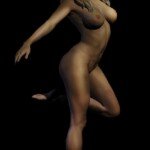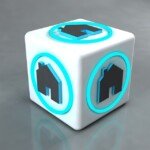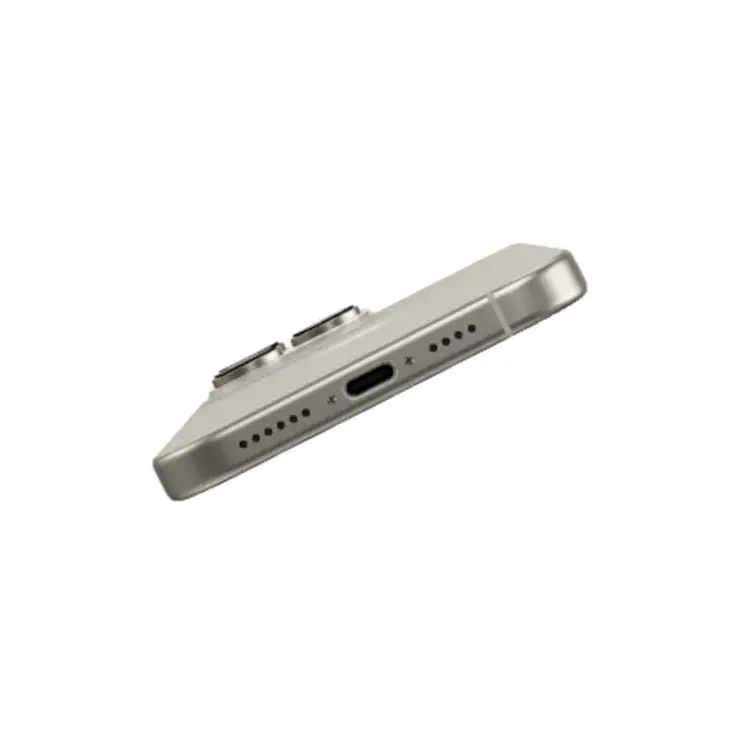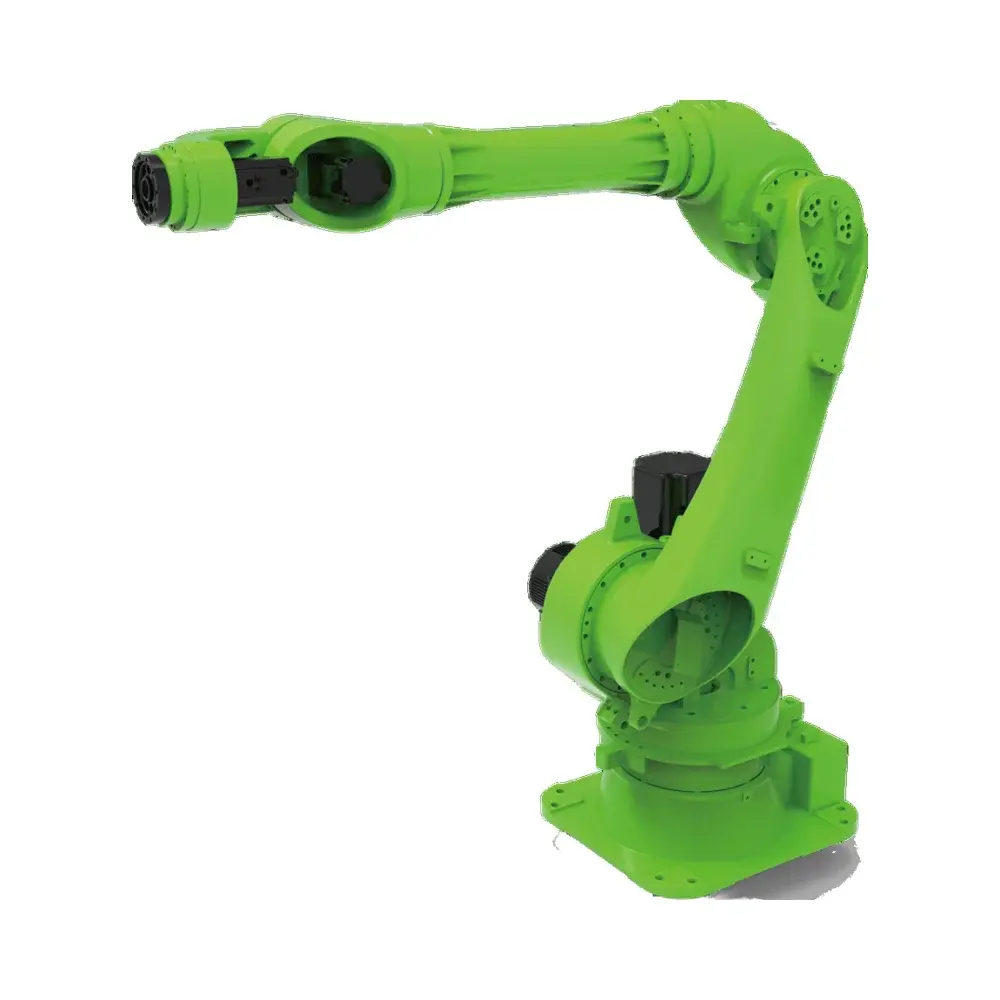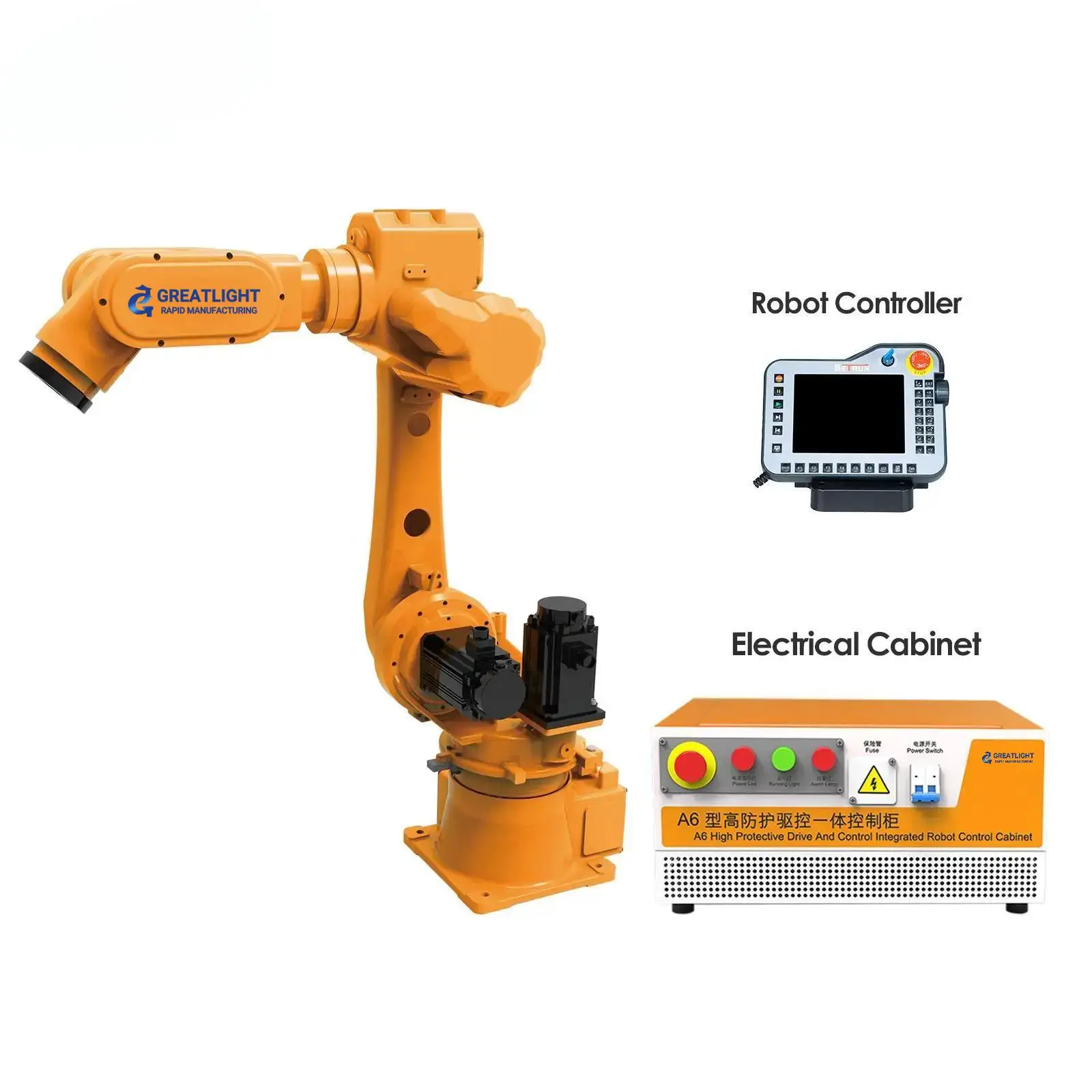CNC Machining Revealed: Your Essential Beginner’s Guide
The world of manufacturing has changed Computer Numerical Control (CNC) Machining – A technology that replaces manual operations with digital precision. Whether you’re an engineer, designer, or entrepreneur, understanding CNC basics is critical in today’s innovation-driven environment. This guide demystifies the fundamentals while highlighting advanced solutions such as those provided by Honglaite – the leader in five-axis CNC machining—Improve the possibility of precision manufacturing.
What is CNC machining?
CNC machining is a Computer controlled subtractive manufacturing process. The machine follows programmed instructions (G-code) to carve, drill or mill raw materials (such as metal, plastic or composite materials) into precise parts. Unlike 3D printing (additive), CNC uses cutting tools to remove material at high speeds to create durable, dimensionally accurate components for industries ranging from aerospace to medical devices.
Interpretation of key CNC terminology
- CAD (Computer Aided Design): Software for creating 3D models of parts.
- CAM (Computer Aided Manufacturing): Convert CAD designs into machine-readable G-code.
- G code: A programming language that dictates tool paths, speeds, and motion.
- artifact: Fix the raw materials on the machine tool during processing.
- axis: Machine movement direction (X, Y, Z). Standard machines use 3 axes; Five-axis CNC (Like GreatLight’s system) Added axis of rotation (A/B) for unparalleled flexibility.
- work clothes: A drill, end mill, or insert that physically shapes material.
Types of CNC machine tools
- Three-axis CNC:
- Cut along the X, Y, and Z axes. Great for simple geometric shapes.
- 4-axis CNC:
- Add rotation about the X axis. Suitable for cylindrical parts such as camshafts.
- Five-axis CNC:
- Rotate the workpiece on two additional axesallowing access to all sides without relocation. result? Complex contours, tighter tolerances and reduced cycle times.
Why Gretel excels at this:
use Five-axis technologywe machine complex aerospace turbines, medical implants and automotive prototypes in a single unit, eliminating errors and speeding production.
CNC workflow: from design to completion
- Design (CAD): Create or optimize 3D models to improve manufacturability.
- Programming (CAM): Use software such as Mastercam to generate tool paths; output G code.
- Machine settings: Secure materials, load tools, and calibrate.
- processing: Automatic execution, real-time monitoring.
- Post-processing: Deburring, heat treating, anodizing or polishing.
The Edge of Great Light: we provide One-stop post-processing and finishingensuring parts are ready for use as soon as they are shipped – saving customers weeks of coordination time.
Materials in CNC machining
CNC can process a variety of materials:
- Metal: Aluminum, steel, titanium, brass.
- plastic: ABS, PEEK, nylon.
- composite materials: Carbon fiber.
Material selection affects tooling, feeds/speeds and costs. GreatLight efficiently processes “most materials”utilizing advanced cooling and tool wear sensors to maintain accuracy in hardened alloys or specialty metals.
Why choose CNC machine tools? Main advantages
- accurate: Achieve tolerances as low as ±0.001 inches.
- Repeatability: Suitable for mass production of identical parts.
- complex:Create geometries not possible manually.
- Scalability: Rapid prototyping to mass production.
Five-axis CNC: Why it’s revolutionary
Although 3 axes is sufficient for basic parts, Five-axis machining shines:
- Undercut and outline: The cutting angle exceeds 90°.
- faster production: No need for manual repositioning; one-time setting efficiency.
- Better surface finish: Continuous tool engagement minimizes marking.
At GreatLight we deploy Five-axis system for metal parts requiring complex curves or microscopic detailsfrom turbofan blades to FDA-grade surgical tools.
Choosing a CNC Partner: What to Look for
Match your item to the manufacturer’s item:
- technology: Complex parts? Prioritize five-axis functionality.
- Materials expertise: Experience with your choice of alloy or polymer.
- Quality system: Certification (ISO 9001) and CMM inspection.
- End-to-end support: Design assistance, finishing and logistics.
Why GreatLight is suitable: as a Five-axis CNC machining manufacturerwe combine cutting-edge equipment with deep problem-solving expertise. From prototype to final validation, we handle it all on budget and on schedule.
in conclusion
CNC machining remains the backbone of precision manufacturing, and mastering its basics is the first step toward innovative production. For engineers working on complex designs or startups scaling prototypes, Five-axis technology is not just an upgrade, it is a necessity. At GreatLight we offer our clients Fast, cost-effective custom processing Backed by 360° expertise. Ready to turn your vision into reality? Contact us to get a quote at a competitive price – no project is too complex.
Frequently Asked Questions (FAQ)
Q1: Which industries use five-axis CNC machining?
one: Aerospace (turbine blades), automotive (engine blocks), medical (implants) and energy (valve bodies). GreatLight serves them through ISO certified workflows.
Q2: How does five-axis CNC reduce costs?
one: Ideal for high-value parts with tight tolerances by eliminating multiple setups, minimizing human error and speeding turnaround.
Q3: What material is most suitable for CNC?
one: Metals such as 6061 aluminum and 304 SS (fastest processing), engineering plastics (PEEK) and titanium (meeting high strength requirements). GreatLight handles common and specialty alloys.
Q4: Can I get machined parts including finishing?
one: Yes. provided by Glow One-stop organization: Anodizing, electroplating, powder coating and sand blasting.
Q5: What file types are required for CNC quotation?
one:Send STEP, IGES or X_T format. Include material, quantity and tolerance specifications. We will optimize design for manufacturability (DFM).
Q6: Why choose five-axis instead of three-axis?
one: For prismatic parts, three axes are sufficient. Five-axis can handle engraved surfaces, undercuts and complex contours without re-clamping, improving accuracy by 30-50%.
Q7: How fast is Gretel’s turnaround speed?
one: The prototype is in 72 hoursproduced in 1-3 weeks—supported by on-demand capacity and intelligent toolpath programming.
Q8: Is CNC cost effective for prototyping?
one: Absolutely. It is ideal for functional testing and avoids the use of expensive tooling such as injection molding. request our Competitive prototyping rates Through our online portal.
Q9: How do you ensure parts quality?
one: In-process probe and post-process CMM inspection ensure compliance with specifications. ISO 9001 compliance ensures traceability.
Q10: Can you handle large quantity orders?
one: Yes. GreatLight’s factory is seamlessly scalable and equipped with automated pallet changers, enabling 24/5 unmanned production and continuous delivery of more than 10,000 parts.
Smart partners make machines smarter
In precision machining, the right technology and partners are crucial. glow merge Five-axis capability Take end-to-end ownership of project success. Discover custom solutions today—your innovation deserves it.

